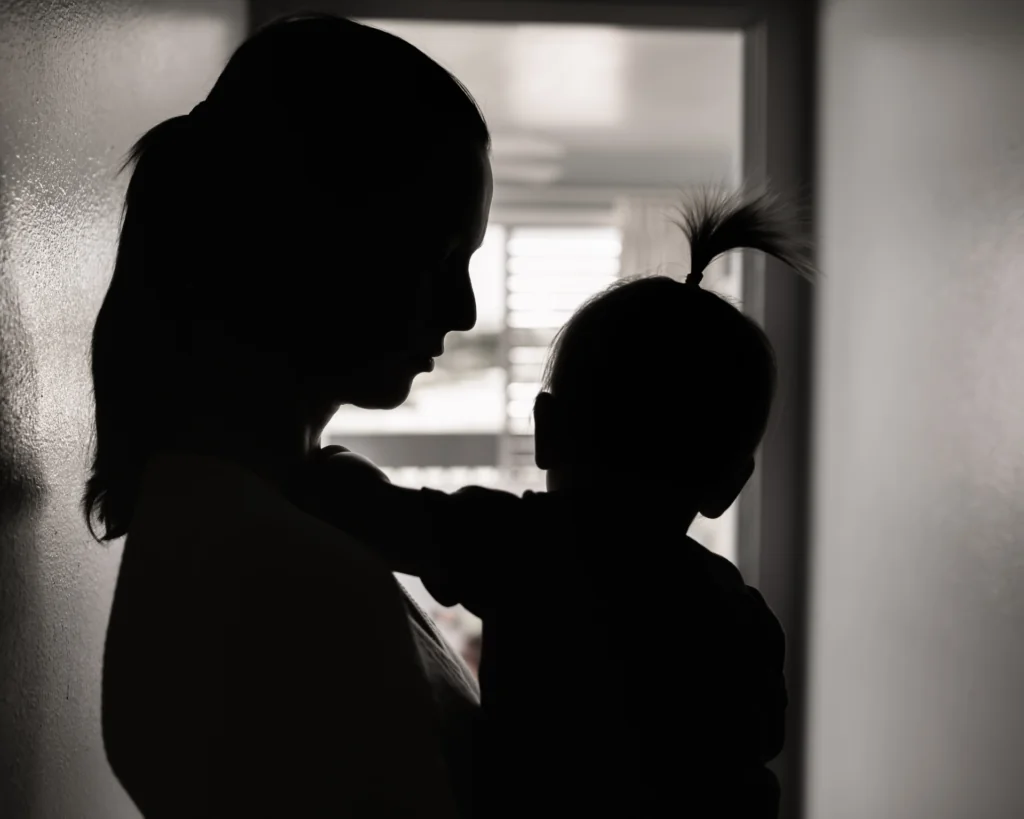Sex Education and Social Media
Social media may serve as a promising outlet for sharing accurate sex education information for U.S. youth, but not without some risks.

Read Time: 4 minutes
Published:
More than half of the United States lacks comprehensive sexual health education in public schools, leaving young people ill-prepared to foster healthy relationships. Social media and other digital platforms might provide an effective, yet imperfect, educational supplement.
Comprehensive sexual education covers many topics including sexual orientation, contraception, and prevention of HIV and other sexually transmitted infections. The curriculum can empower and equip young people to make healthy, informed decisions.
At the federal level, the United States does not mandate sexual health education. Schools that do teach it are not required by federal law to follow a standard, medically accurate curriculum. This shifts the decision-making to state and local leaders on what to teach, if anything, and allows parents to remove their children from classrooms if they do not agree with the course content.
Most youth are not receiving formal sexual health education, but they are exposed to sexual content on social media.
At present, 15 states do not require sexual health education at all and many others teach abstinence only. Very few states require comprehensive sex education in public schools, though, Massachusetts is in the process of joining this list by updating their sex education guidelines.
Social Media and Sexual Health Benefits
Most youth are not receiving formal sexual health education, but they are exposed to sexual content on social media. While some content can certainly be a negative influence, social media answers questions that many school-based curriculums fail to answer. A growing body of research already shows that social media can be an effective way to educate young people about sexual health.
For example, Twitter can address sex myths and promote healthy sexuality with its uncensored content. Young people learning about sex on Twitter report an increase in condom use and knowledge of HIV and other sexually transmitted infection risk factors.
Education on Facebook can also improve condom use and has increased HIV testing, specifically among Black men who have sex with men.
Some obstetrics and gynecology doctors use TikTok to engage youth with medically accurate sexual health information. This platform allows users the space to create content that is inclusive and accessible to marginalized populations, like LGBTQ+ youth, who traditionally have trouble finding community and support in the classroom.
Further, studies show that apps and other web-based programs, such as Girl Talk, Health-E You, and Media Aware, improve the average baseline of participants’ sexual health knowledge and expand contraceptive use. These programs offer young people an opportunity to learn about sexual health in a private environment that can be more comfortable than in-person learning.
Risks
The benefits of disseminating sexual health education through a digital landscape are promising, but several challenges should be considered.
Regulating the accuracy of sexual health content on social media can be tricky. It is far too easy to find misinformation online when relaxed community guidelines and terms of service policies are commonplace. For instance, many viral videos aren’t fact-checked.
Discrimination and triggering topics can arise with digital sexual health education, as well. While Instagram and TikTok clearly ban hate speech in videos, discriminatory and threatening user comments still persist. Sensitive content may also be viewed by users accidentally since no social media platform mandates the use of trigger warnings (e.g., sexual assault, domestic violence).
Tech issues remain a challenge, even for the World Health Organization. The WHO ran into a few errors while implementing a text message platform on sexual health education. Twenty-two percent of respondents ignored their automated texts, assuming they were spam, and another 20% couldn’t figure out how to start the education program after signing up.
To mitigate these risks, organizations and health care professionals who create sexual health content should have professional and interpersonal credibility online. One way to minimize potential mistrust is to consistently deliver information that is positive, relatable, and user-friendly. For client-based digital services, giving participants clear directions from the start and assessing program effectiveness afterward is necessary for success.
Many countries, like Sweden and the Netherlands, have policies in place to promote comprehensive sexual health education. The United States should follow their example. In the meantime, social media and other client-based digital services offer a promising stand-in (or supplement) for sharing accurate sexual health information. As social media platforms evolve, like Instagram’s new text-based app “Threads,” research will need to keep pace with the changes to continue monitoring new trends, successes, and challenges in digital sexual health education.
Photo via Getty Images




